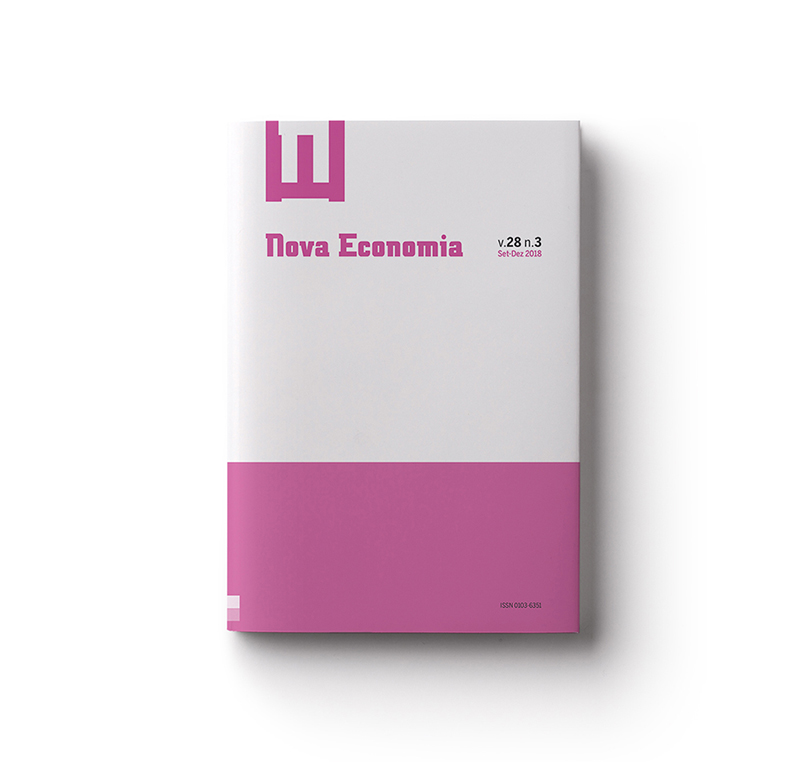Fatores associados à corrupção municipal em transferências de recursos da União
Resumo
O presente artigo avalia a probabilidade de ocorrência de corrupção municipal a partir de modelos de contagem, tendo como variáveis de interesse os achados irregulares de fiscalização considerados médios e graves, extraídos de 1600 relatórios da Controladoria-Geral da União-CGU referentes aos municípios brasileiros. Foram estimadas e testadas as sensibilidades destas irregularidades ao volume de recursos fiscalizados do município, ao seu estágio de desenvolvimento, à atuação do controle social, a sua caracterização demográfica, ao efeito contágio de um município limítrofe corrupto, ao caso de segundo mandato do prefeito e ao seu partido político. Os resultados mostraram que as irregularidades tendem a aumentar nos municípios com maiores volumes de recursos recebidos, quando o controle social tem fraca atuação, quando o mesmo possui baixo desenvolvimento e alta densidade demográfica, e são vizinhos de municípios com problemas de corrupção. Dezesseis irregularidades médias e seis graves são encontradas a cada R$ 100 milhões de recursos recebidos por um município.
Downloads
Publicado
Como Citar
Edição
Seção
Licença
Autore[a]s que publicam nesta revista concordam com os seguintes termos:
- Autore[a]s mantém os direitos autorais e concedem à revista o direito de primeira publicação, com o trabalho simultaneamente licenciado sob a Licença Creative Commons Atribuição 4.0 Internacional que permite o compartilhamento do trabalho com reconhecimento da autoria e publicação inicial nesta revista.
- Autore[a]s têm autorização para assumir contratos adicionais separadamente, para distribuição não-exclusiva da versão do trabalho publicada nesta revista (ex.: publicar em repositório institucional ou como capítulo de livro), com reconhecimento de autoria e publicação inicial nesta revista.
- Autores têm permissão e são estimulados a publicar e distribuir seu trabalho online (ex.: em repositórios institucionais ou na sua página pessoal) a qualquer ponto antes ou durante o processo editorial, já que isso pode gerar alterações produtivas, bem como aumentar o impacto e a citação do trabalho publicado (Veja O Efeito do Acesso Livre).




